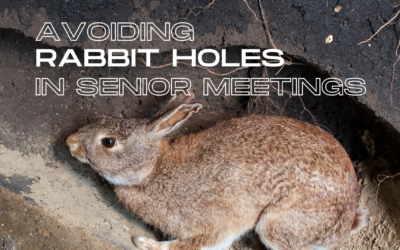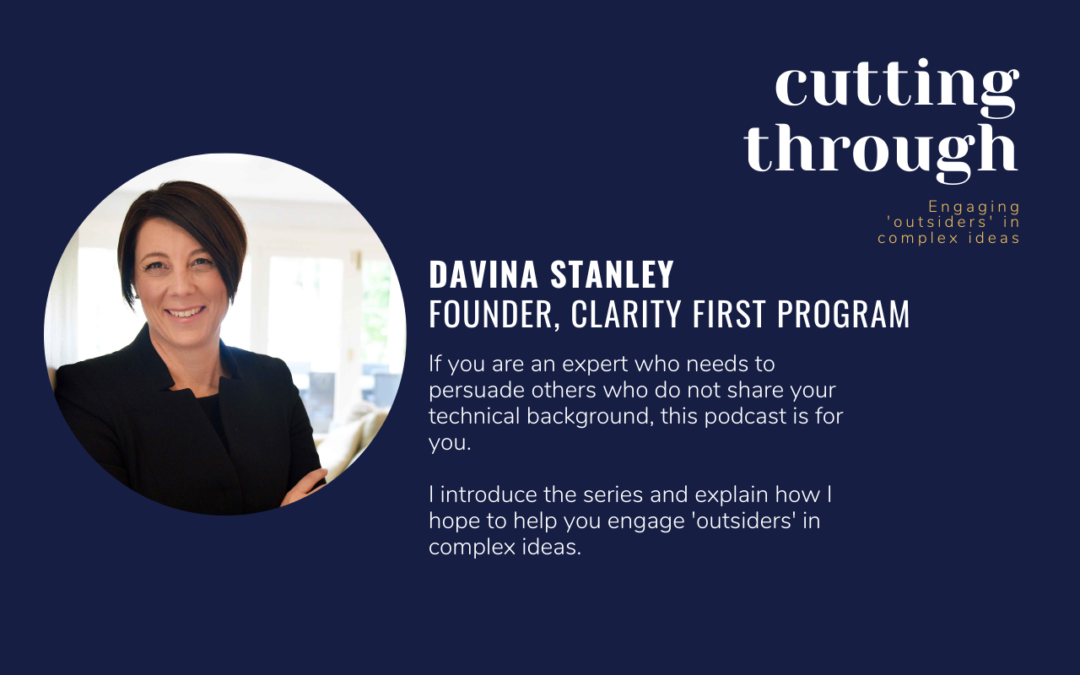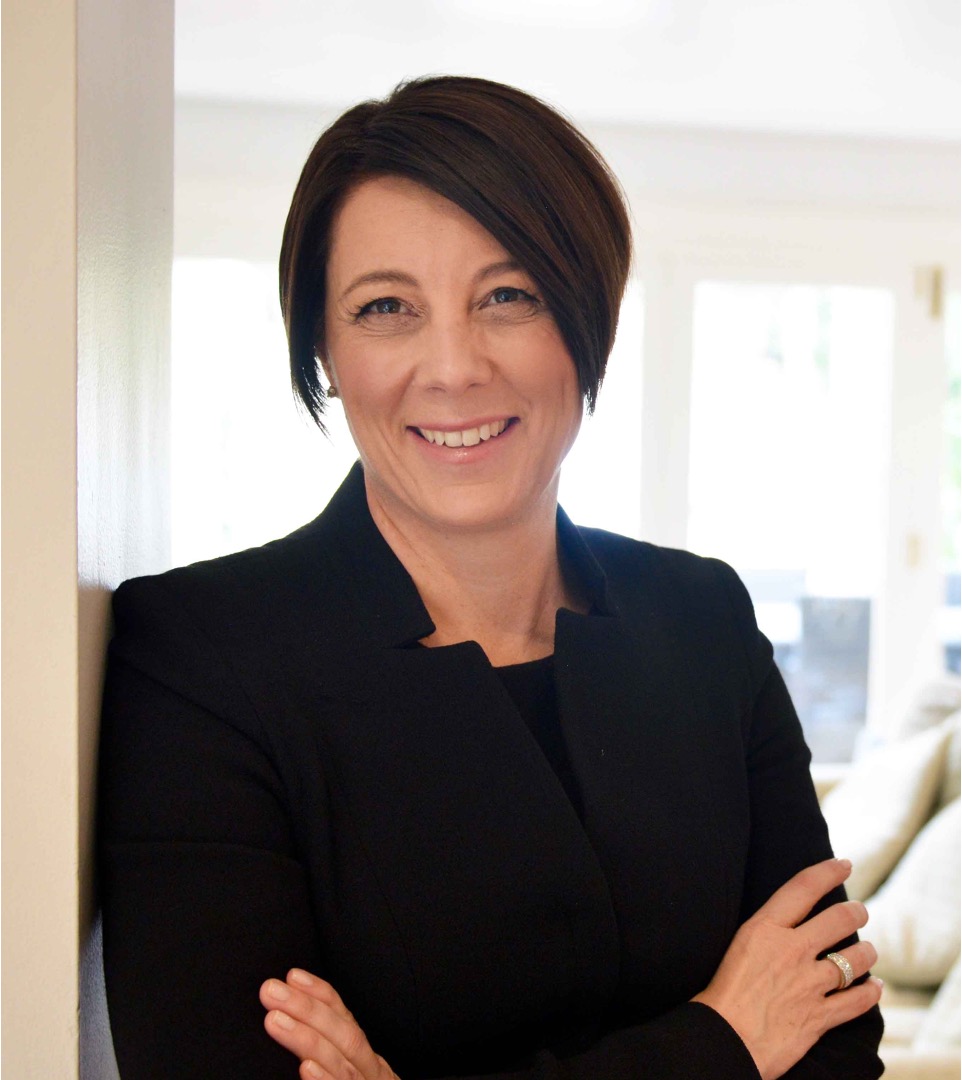How often do you outline your desired outcome as...

Write emails that are easy to action
Emails are a constant challenge.
They are ‘everywhere' in our day to day work and yet often seem too small a communication to invest heavily in.
To help with this challenge I have prepared a short video tutorial offering four techniques for writing emails that are easy to action:
- Have an obvious purpose
- Grab attention with the subject line
- Highlight one visible message
- Visualise the message hierarchy
It's short, in keeping with the medium, but offers specific examples to bring these ideas to life.
You can access this free tutorial here >>
I hope that helps. More next week.
Davina
RELATED POSTS
When NOT to seek strategy approval
A trap to avoid when engaging senior leaders
When we talk about deeply understanding our...
Why small steps matter
If you could do just one thing to elevate the...
How to shorten your communication
Naturally, I want my two new books to be as...
A fast hack for structuring your message
My husband and I were just talking about the new...
What to recommend to senior leaders and Boards?
Do you wonder what to write those boxes in the...

PRESENTED BY DAVINA STANLEY
I love what I do.
I help senior leaders and their teams prepare high-quality papers and presentations in a fraction of the time.
This involves 'nailing' the message that will quickly engage decision makers in the required outcome.
I leverage 25+ years' experience including
- learning structured thinking techniques at McKinsey in Hong Kong in the mid 1990s before coaching and training their teams globally as a freelancer for a further 15 years
- being approved to teach the Pyramid Principle by Barbara Minto in 2009
- helping CEOs, C-suite leaders and their reports deeply understand their stakeholder needs and communicate accordingly
- seeing leaders cut the number of times they review major papers by ~30% and teams cut the amount of time they take to prepare major papers by ~20%*
- watching senior meetings focus on substantive discussions and better decisions rather than trying to clarify the issue
My approach helps anyone who needs to engage senior leaders and Boards.
Recent clients include 7Eleven, KPMG, Mercer, Meta, Woolworths.
Learn more at www.clarityfirstprogram.com
(*) Numbers are based on 2023 client benchmarking results.


































